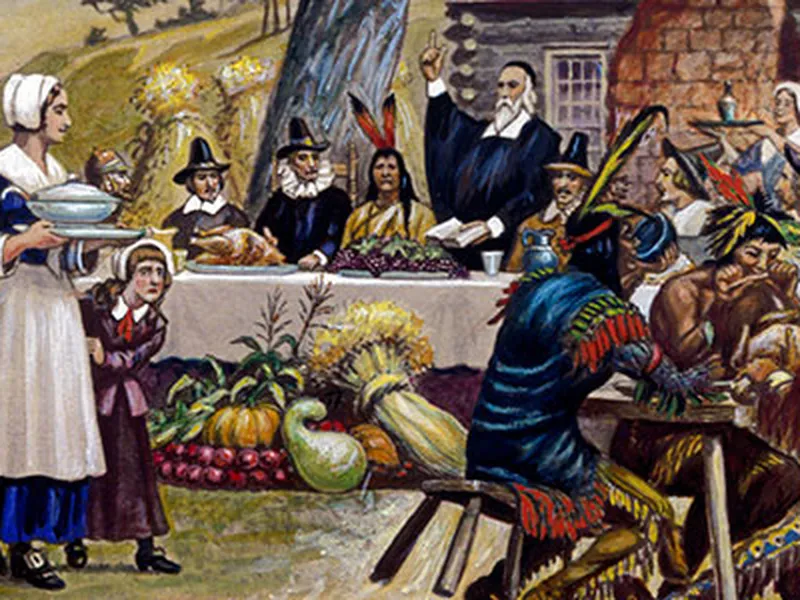The concept of leap year dates back to ancient times, with the leap year being a year that occurs every four years and is a calendar year that contains an additional day compared to a common year, February 29th, making it 366 days instead of the usual 365. The purpose of adding this extra day is to keep our calendar in sync with the Earth’s orbit around the sun. Without leap years, our calendar would gradually fall out of alignment, causing seasonal changes to shift over time.
Egyptians were among the first to recognize the need for an extra day in the calendar. However, it wasn´t until the time of Julius Caesar that the modern leap year system was established. In 45 BCE, he introduced the Julian calendar, which included a leap year every four years. This system was later refined by Pope Gregory in 1582, resulting in the Gregorian calendar that we use today.
Additionally, leap year has become associated with various customs and traditions. Leap year babies, those born on February 29, often celebrate their birthdays on either February 28th or March 1st in non-leap years. This is unique and exciting for the lives of those born on this special day.








